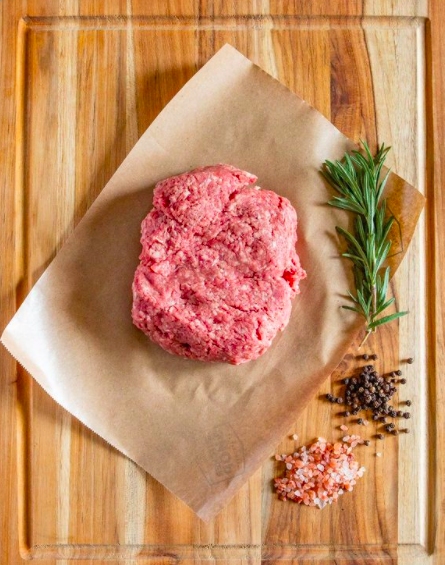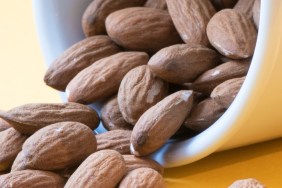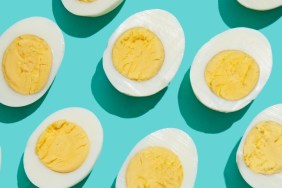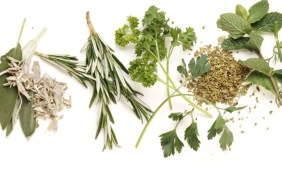There’s a big fuss made about babies getting enough iron, and for good reason.
“Iron is an essential nutrient needed by all children and adults as it plays an important role in how our body functions,” says Dr. Jay Lovenheim of Lovenheim Pediatrics. “Iron deficiency is associated with impaired neurocognitive development. It’s the most common single nutrient deficiency found worldwide. ”
Dr. Lovenheim goes on to explain that full-term healthy babies receive enough iron from their mothers in the third trimester of pregnancy to last for the first four months of life. After that, however, the American Academy of Pediatrics (AAP) recommends giving breastfed infants 1 mg/kg/day of a liquid iron supplement until iron-containing solid foods are introduced, which typically happens closer to six months of age.
“If your child is on formula, however, then it’s recommended that you use iron-fortified formula (containing from 4 to 12 mg of iron) from birth through the entire first year of life.” No extra supplementation is needed. “If more than half of the daily feedings are from human milk and the child is not receiving iron-containing complementary foods, then it’s recommended to follow the same iron supplementation guidelines as an exclusively breastfed infant. Premature infants are also usually told to supplement.” When in doubt you can always do a blood test to see how your child’s iron levels are looking.
Once babies are starting solids, it’s a good idea to focus on iron-rich foods (though most nutrition will still be coming from breastmilk/formula until about 12 months). A little hack is to dip food into something iron-rich like almond flour or wheat bran – this also makes solids easier to grip for anyone doing baby-led weaning.
“The iron requirement for toddlers is 7 mg/day and ideally, the iron requirements of toddlers would be met and iron deficiency would be prevented with naturally iron-rich foods rather than iron supplementation,” says Dr. Lovenheim. ” Iron rich foods include meats, legumes and iron fortified cereals. Additionally, food that contains vitamin C (such as orange juice, citrus fruit and various vegetables) aid in iron absorption.” So, remember always pair iron with vitamin C – there’s no point in baby getting iron if they can’t absorb it!

While many parents – whether doing a baby-led or spoon-fed approach focus on vegetables and fruits, you can actually start meat from day one, which is important to keep in mind since meat is a great source of iron (and a more absorbable type when compared to iron from plant sources).
Kaleigh Montgomery of KC Cattle Company recommends cooking ground beef and then blending it with a vegetable pouch. “Once our little guys got comfortable with solids, we offered them ground beef on their tray. This is something you could do instead of the pureed mixture if you’re going more of the baby-led weaning route too.”
Recipe breakdown:
Ingredients:
- Approximately 3.5oz of vegetable puree (we just used pouches)
- ¼ cup Wagyu browned ground beef (we leave the fat in)
- A splash of water (if needed, depending on the consistency of the puree)
Directions:
- Throw it all in a blender or food processor and mix until puree consistency
Notes:
- “We used a Vitamix and when using other blenders or food processors I sometimes had to mess with the ratios and ingredients to get the right consistency. Sometimes making a double or triple batch in other mixers and food processors made it easier. You can always freeze in serving to defrost later! Plus that means less clean up…every Mom’s dream!”








